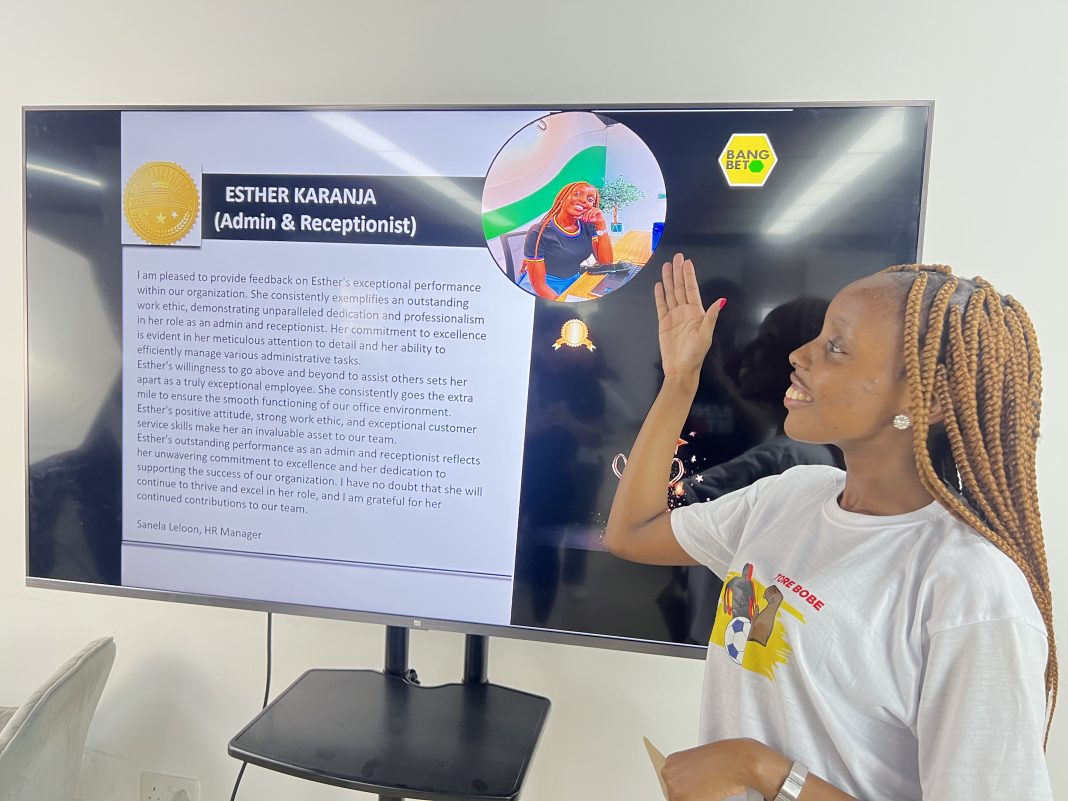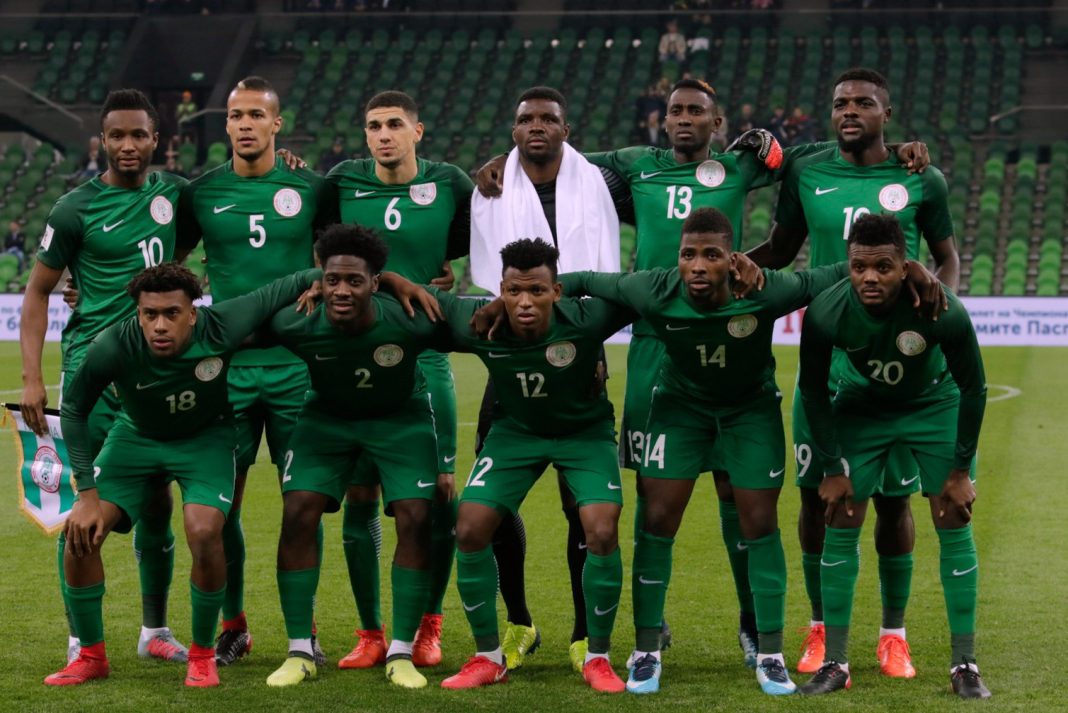Introduction
Sports betting has exploded in popularity in recent years as more states legalize and regulate it. With so many games and events to bet on, there are ample opportunities to try to beat the odds. However, most bettors end up losing money over time by casually betting on their favorite teams or by chasing losses. The key to long-term profitability is finding and betting on undervalued teams and betting events where the true odds are better than the implied odds based on the betting lines. This involves analyzing stats, situational factors, public perception, line movement, and having a staking strategy. With discipline and the right process, sports betting can go from gambling to investing. This article will provide an overview of techniques and strategies to find value in sports betting markets. Thesis: Finding and betting on undervalued teams/events is key to long-term profitability.

Understand Betting Odds and Implied Probability
Betting odds represent the likelihood of an outcome occurring and can give us an edge if interpreted correctly. Odds are based on implied probability, which is the probability the oddsmakers have assigned to that outcome.
For example, odds of -200 indicate a 66.7% implied probability by the oddsmaker (calculated by 100/odds+100). The lower the odds, the higher the implied probability. This often favors betting on underdogs with higher odds rather than favorites with lower odds.
The underdog is expected to lose, so you risk less money to profit more if they win. The favorite is expected to win, so you risk more money for a smaller return. Beating the oddsmakers’ implied probabilities over time is key to long-term betting success.
Analyze odds across sportsbooks to find inefficiencies in the odds that imply probabilities different than your own projections. This is where value opportunities arise to beat the oddsmakers’ expectations.
Analyze Team/Event Statistics and Metrics

When trying to find value in sports betting, one of the most important things is analyzing the key stats and metrics for the teams and athletes involved. This allows you to surface insights that the oddsmakers may be overlooking or undervaluing.
Some helpful tips when researching stats:
– Look beyond just win/loss records. Dig into more predictive metrics like points scored/allowed, yards gained/given up, shooting percentages, etc.
– Identify trends and patterns in the stats over a reasonable sample size. Don’t overreact to outliers.
– Compare stats and metrics to league averages to see where teams/players excel or lag.
– For individual players, analyze usage rates, shooting efficiency, assists, rebounding, etc.
– Examine advanced analytics like DVOA, Pythagorean Win Expectation, Corsi, etc. where available.
– Evaluate matchups and stylistic differences between teams/athletes. Some excel against certain opponents.
– Home and away splits can reveal teams that play dramatically different at home.
– Surface any key injuries, roster changes or coaching adjustments that could impact future performance.
By thoroughly researching these types of insightful metrics, you can often find betting value on teams or events that oddsmakers have undervalued or overlooked. The key is determining what stats are most predictive and focusing your analysis there.
Study Situational Factors
When evaluating sports betting opportunities, it’s important to study key situational factors that could impact the outcome. A few major situational factors to consider are:
Home Field Advantage

– Teams often perform better at home in front of their own fans. Analyze home/away splits to see if a team has a pronounced home field edge.
– Some sports like football and basketball tend to have larger home advantages than others. Make sure to account for the sport’s typical home field boost.
– Look at trends in the series history to see if the home team has dominated. Rivalry games often lend themselves to home dominance.
Player Injuries/Absences
– Research if any key players are injured, resting, or absent for a game. Missing stars can greatly alter a team’s chances.
– Pay close attention to injuries to pivotal positions like quarterback in football or a basketball team’s leading scorer. Their absence is magnified.
– Even non-starters play important roles. An injury to a sixth man in basketball or third wide receiver in football can impact depth.
Recent Momentum and Results
– Teams entering a game with momentum and confidence from recent wins tend to continue playing well.
– Similarly, losses and poor performances can carry over and indicate a team is underperforming their abilities.
– Look for win and cover streaks against the spread as indicators the betting market hasn’t caught up yet.
– Beware of regressing or surging too far in one direction after an outlier performance. Look for a return to balanced results.
By studying situational factors like these, advantage bettors can gain key insights into spotting undervalued teams and betting opportunities. The circumstances surrounding a game often explain changes in the odds.
Identify Public Perception and Biases
The public often overvalues favorites and top teams, creating opportunities to find value by fading public sentiment. Sportsbooks aim to balance their books by setting lines that attract equal money on both sides. When the majority of bettors pile on one side, the sportsbook will adjust the line to entice more action on the other side.
This tendency for the public to gravitate towards betting favorites and overhyped teams leads to betting value on their opponents. The pros aim to identify teams the public is overvaluing based on brand recognition, hype, or recent success rather than analytical factors. For example, the public tends to overbet perennial powerhouses like the New England Patriots, Alabama Crimson Tide, and Kentucky Wildcats simply because of their storied histories.
Sharp bettors fade teams with high public sentiment, as the inflated betting percentages and money percentages indicate an overvalued line. By zagging when the public zigs and taking a contrarian position, the pros capitalize on public bias and perception. They bet against the public favorites, finding value on teams with less hype but more analytical edges.
Line Shopping and Movement Analysis
Comparing odds across different sportsbooks is crucial for finding the best value. Odds and lines can vary between books, so it pays to have accounts at multiple places. Scan through the lines, spreads, totals, and moneylines to identify discrepancies and overlay opportunities.
For example, Book A has Team X as a -120 favorite over Team Y. However, Book B has Team X as just a -110 favorite. The lower odds at Book B represent better implied value on Team X. This difference of 10 cents in the moneyline odds is significant over many bets.
In addition to shopping for the best price, pay close attention to how betting lines move. Substantial line movement indicates sharp betting action and can clue you into which side the pros are backing.
If the spread on a game opens at -3 and then quickly moves to -7, it signals that sharp bettors hammered the favorite and forced the sportsbooks to adjust the number. This gives insight into the market’s lean for that matchup.
While the average bettor reacts to news and surface-level analysis, the pros detect value that oddsmakers missed. Follow significant line moves as an indicator of which side provides better expected value based on the betting market’s activity.
Have a Staking Strategy
Having a well-defined staking strategy is crucial for long-term profitability in sports betting. Many bettors fail to properly manage their bankroll and end up betting too much on individual wagers. This increases variance and the risk of ruin. The key is to determine an appropriate bet sizing based on your total bankroll and risk tolerance.
Proper Bet Sizing and Bankroll Management
A common staking strategy is to risk around 1-5% of your total bankroll on each bet. This percentage should decrease as your bankroll grows. The exact amount depends on your goals. More conservative bettors may aim for 1-2% while advantage players may risk up to 5%. This keeps variance manageable while still allowing room for profits.
Many experts recommend having at least 20-30 bets in your bankroll before getting started. This provides enough of a sample size to ride out swings. Don’t risk your entire bankroll on just a few big bets. It’s also important to ladder your bet sizes from your smallest to largest unit based on confidence levels.
Avoid Chasing Losses
One of the biggest mistakes is increasing your typical bet size after losses in an attempt to immediately recover the money. This reckless betting often leads to even bigger losses. Stick to your proven staking plan, no matter what. Focus on making +EV bets, and the profits will come over time.
Chasing losses or trying to “get even” after a losing streak almost never ends well. The key is maintaining discipline and emotional control. Take a break if you need to reset mentally. Remember that variance is normal, and even the best systems will lose sometimes. Stay the course with proper bet sizing, and you’ll achieve long-term success.
Stay Disciplined and Follow Your Process
Discipline is crucial for long-term success in sports betting. It’s easy to get caught up in the excitement of a game and make emotional bets that stray from your proven process. However, consistency in following your betting criteria will pay off over time.
Stick to the value bets you’ve identified through your research, analysis, and models. Don’t get tempted into betting on your favorite team just because you want them to win. While upsets happen, more often than not the undervalued team you’ve objectively identified as a good bet will cover the spread.
Similarly, don’t get discouraged and stray from your process after a few losses. Ups and downs are inevitable, but a disciplined and rational approach will produce profits in the long run. Chasing losses by increasing your bet size or taking riskier bets usually leads to bigger losses. Stay the course.
Have rules in place for bankroll management and stick to them, even during cold streaks. This ensures you have funds left to keep betting. Don’t let a few bad weeks wipe out your entire bankroll.
By staying disciplined, keeping emotions in check, and consistently applying your proven process, you gain a statistical edge over recreational bettors who wager based on gut feelings, biases, and hunches. This rational approach leads to making +EV bets over time.
Case Studies and Examples
Finding value in sports betting requires diligently studying teams, players, and events to identify situations where the oddsmakers may have mispriced outcomes. Walking through real-life examples can illustrate how an edge can be gained through rigorous analysis.

Fading Public Perception in the 2022 NCAA March Madness Tournament
In the 2022 March Madness tournament, the public heavily favored powerhouse teams like Gonzaga, Arizona, and Kentucky to make deep runs. However, metrics-driven analysis showed some major warning signs for these public darlings.
Gonzaga had glaring issues on defense that could be exploited by less talented teams. Arizona relied too much on outside shooting. Kentucky was overly reliant on a couple star freshmen.
By taking a contrarian view and fading these public teams in early round matchups, significant value was found betting on their lower-seeded opponents. This paid off handsomely when Gonzaga and Kentucky were upset early.
Identifying an Undervalued Long Shot in Horse Racing
Before the 2021 Kentucky Derby, the public poured money on favorites like Essential Quality and Rock Your World. However, digging into the data showed some red flags around their recent performances and running styles that suggested they may be overvalued by the betting market.
Meanwhile, metrics pointed to Mandaloun as a rising contender that was being overlooked and undervalued. His strong late speed numbers, improving form, and pedigree suggested he had a much better chance to win than his longer odds implied.
While Mandaloun didn’t end up winning, he finished 2nd at 26-1 odds, providing great risk-reward value by identifying him as an undervalued long shot.
By taking the time to deeply analyze team and event data, it’s possible to gain an edge on mispriced odds and find opportunities where the public perception does not match reality. Developing this contrarian mindset is key to success in sports betting.
Conclusion
Finding value in sports betting requires discipline, analysis, and an understanding of probabilities. Here are some key takeaways:
– Learn to interpret betting odds and implied probabilities. This allows you to identify when the odds are misaligned with actual probabilities.
– Don’t rely solely on win-loss records. Dig into team/event statistics and metrics to find underrated teams and overrated favorites.
– Consider situational factors like injuries, rest, travel, weather, and motivation. These can shift the true odds.
– Be aware of public biases and perceptions that may incorrectly skew the betting lines. Fade the public when they overreact.
– Line shop across sportsbooks to find the best prices. Watch line movements to see where “sharp” money is going.
– Have a staking strategy aligned with your edge. Don’t overbet or chase losses. Think long term.
– Stay disciplined in your process, regardless of results in the short term. Luck plays a role, but value wins over time.
The key to finding overlays is having a process for identifying mispriced odds through research and analysis. With experience, you can gain an edge. But stay patient, bet selectively, and let variance work itself out. If you find positive expected value bets, you’ll profit in the long run.
Learn more betting guides and knowledge at bangbet.



